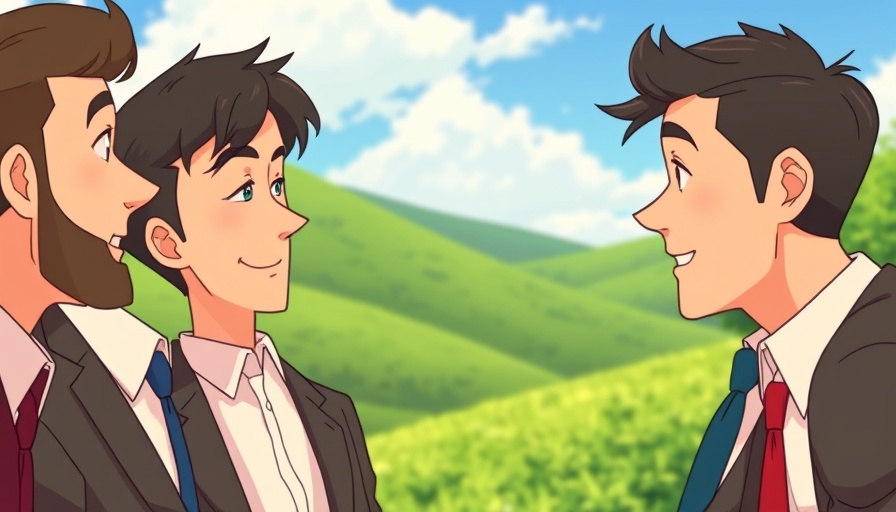
Unleashing Ghibli: OpenAI’s New Image Tool
OpenAI's groundbreaking image generation tool has set the internet ablaze, as users create whimsical visuals reminiscent of the beloved animations from Studio Ghibli. What sparked this phenomenon is not just the stunning quality of the images, but also the community reaction as timelines flourished with reimaginings of pets, families, and iconic landmarks echoed in the artistic flourishes of Hayao Miyazaki's work. However, excitement quickly turned to frustration for many as OpenAI restricted access to the tool, further complicating the landscape of AI-generated content.
Exploring the Artistic Side of AI
As renowned for its rich storytelling, Studio Ghibli has a distinct artistic style characterized by vibrant colors, emotional depth, and fantastical elements. The unexpected popularity of images in this style generated by OpenAI's new tool raises vital questions about intellectual property rights and creative authenticity. What does this mean for artists whose styles are mimicked by AI? It reflects a broader concern in the technology sector, where the lines between inspiration and replication are increasingly blurred.
Concerns Over Creative Rights
Within 24 hours of launching the tool, OpenAI saw the need to intervene due to a surge in requests that strayed into the territory of creative rights infringement. In a bid to protect intellectual property, access to Ghibli-style image requests was swiftly limited to Plus and Pro subscribers. This decision underscores the delicate balance that AI developers must maintain between innovation and ethical responsibility. How does this precaution affect user creativity? It illustrates the growing tension between technology evolution and existing legal frameworks.
Facing Competition in the AI Landscape
The buzz surrounding OpenAI’s image tool highlights its competitive landscape in the AI field. When pitted against rivals like xAI’s Grok and Google’s Gemini, which also offer image generation capabilities, the quality of OpenAI's GPT-4o stands out. Users have noted that the realistic rendering and detailed artistry of GPT-4o's creations set a high standard. As technology marches forward, the question is: will ethical practices keep pace with technical advancements, or will they lag behind?
Future Predictions: The Evolving Role of AI in Art
Looking forward, one can only speculate how AI tools will continue to evolve and impact the creative arts. As more AI solutions emerge, they could reshape how we think about art, creativity, and copyright altogether. Will there be a proliferation of tools that mimic famous styles? Or might this lead to a new movement that values authenticity over replication? The ensuing debate is sure to encourage a reevaluation of the definitions of creativity and originality in digital spaces.
Conclusion: Embracing Responsible AI Usage
The recent viral trend sparked by OpenAI's image tool serves as a glimpse into a future where AI plays an integral role in artistic expression. Yet, as the technology becomes ubiquitous, it’s essential for creators and developers to engage in thoughtful dialogue regarding the ethical implications of AI in art. As users strive to harness these tools for creative ventures, OpenAI’s actions remind us of the importance of aligning technological capabilities with genuine respect for the artistic community.
To stay informed and join the conversation on the intersection of AI and creativity, explore our in-depth articles and analyses on emerging technologies!
 Add Row
Add Row  Add
Add 




 Add Row
Add Row  Add
Add 

Write A Comment